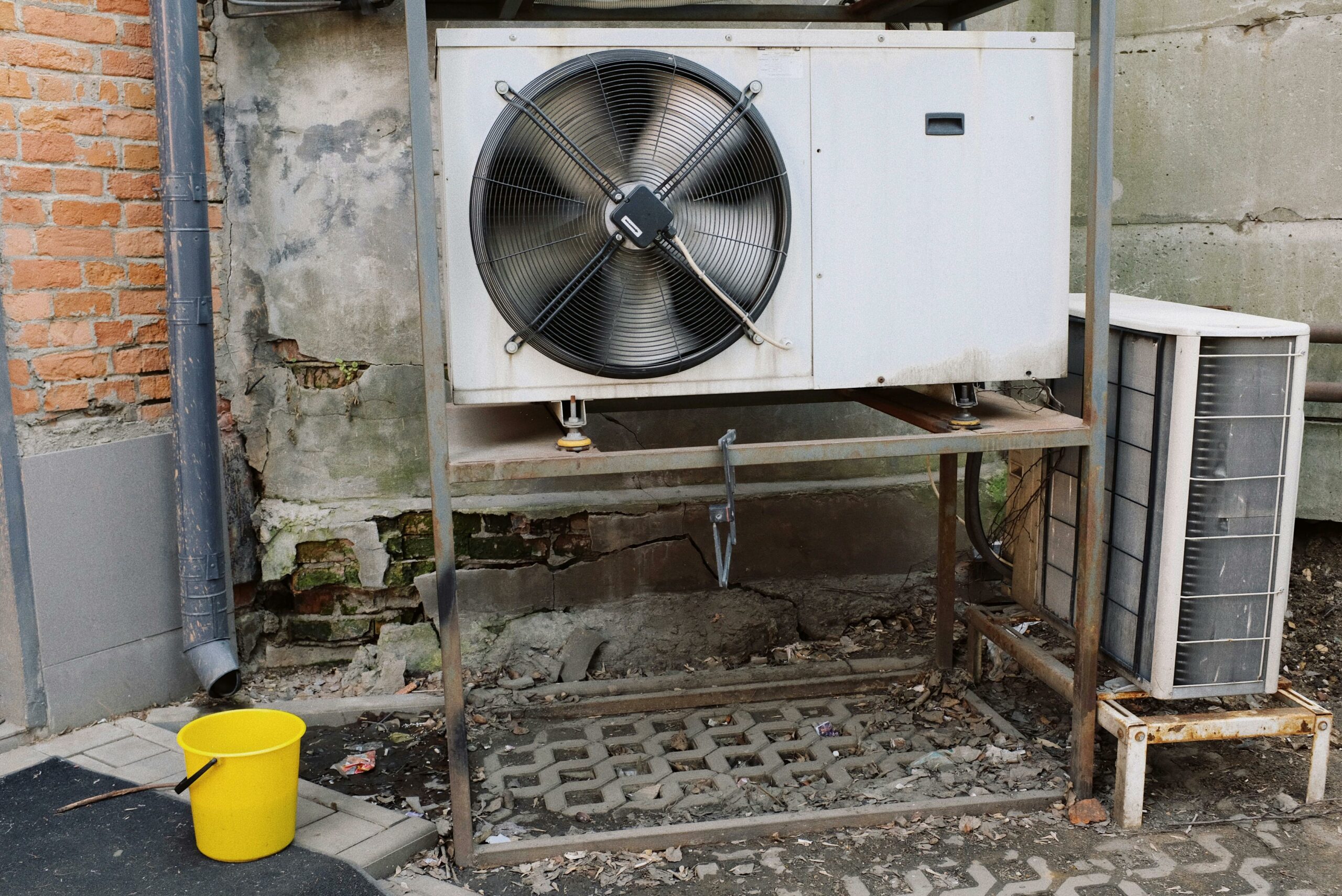The following contribution is from another author.
Your weekly grocery run might soon look a little different as robots are now being deployed in grocery stores to stock shelves and assess inventory needs. This could be a solution grocers have been looking for to reduce operating costs and decrease hiking grocery bills.
Picking up groceries late-night last week had me taking a double take when I stumbled across a robot roving through the aisles. The robot, developed by San Jose-based Vici Robotics and under the supervision of an engineer, was cataloging and learning the layout of the shelves and aisles. Eventually, the goal is for the robot to be able to independently stock shelves and pick orders to boost the stores’ productivity.
While it’s not news that robots are being used in warehouses such as Amazon to get Prime deliveries to your door in two days, it might be surprising to hear that grocery stores across the United States are increasingly deploying robots in their aisles. Grocers are turning to robots with artificial intelligence and machine learning capabilities as an alternative solution to the laborious task of shelving, facing, and fulfilling our favorite cereal brands, laundry detergents, and really anything we would find at the local grocer. Already, the result has been positive for both grocers and employees.
Robots as a Solution to Grocery Shopping Woes
Imagine it’s Thanksgiving day. You are at the grocery store expecting to see aisles of cranberry sauce, stuffing, gravy and marshmallows lining the shelves. In reality, the shelves are nearly empty, with shoppers scrambling for the last available items. While in most cases this would mean Thanksgiving is ruined, with a robot on the roster, your favorite items would have been restocked quickly and efficiently the evening before.
Most grocers increase inventory for events such as Thanksgiving by stocking up on customer favorites but usually need more man-power to shelve those items. Inventory that could be out on the shelf are left in the back room, far from customers. Robots effectively mitigate this shortfall by intelligently assessing and re-stocking low-inventory and out-of-stock items.
Grocers are also turning to robots to lower grocery bills. Using machine learning and artificial intelligence, robots create a more efficient supply chain as they can obtain a lower margin of error compared to human-run inventory management. This ultimately leads to lower costs for shoppers in the long run. As food prices have jumped 25% in the last five years, robots might be an answer to keeping food costs down and keeping up shopper satisfaction.
Robots: Allies for Retail Workers
For retailers, robots are seen as a low-cost support system. A robot’s capability to complete menial tasks like restocking and inventory management frees human workers to address other, more complex issues within the store. This improves efficiency and allows baggers, clerks and cashiers to focus on what they do best: assisting customers and providing better shopping experiences.
Next time you’re in a grocery store, keep an eye out for a mechanical marvel slinking between the shelves. It’s probably doing you a bigger favor than you know.























